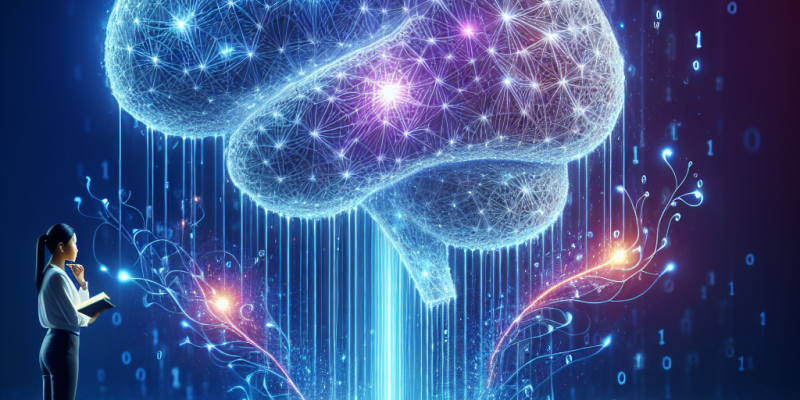Deep Learning and Imagination: The Science Behind Generative AI Models

In recent years, the rapid evolution of artificial intelligence (AI) has led to astonishing breakthroughs, especially in the realm of deep learning and generative models. These technologies have not only transformed how we interact with machines but have also inspired discussions around the nature of creativity and imagination in the digital age. Generative AI models, which can produce original content such as images, music, and text, have garnered considerable attention for their potential applications and ethical implications. This article explores the science behind generative AI, the role of deep learning, and the intriguing relationship between technology and imagination.
Understanding the Foundations of Generative AI
What is Generative AI?
Generative AI refers to algorithms that can generate new content based on patterns learned from existing data. Unlike traditional AI systems that focus on classification and decision-making, generative models aim to create novel outputs. These models can produce a myriad of outputs, ranging from art and innovative designs to realistic text and music.
Deep Learning: The Driving Force
At the heart of generative AI is deep learning, a subset of machine learning that uses neural networks with multiple layers to analyze and interpret vast amounts of data. Deep learning models can learn complex patterns and relationships, making them particularly effective for generative tasks. The most common deep learning architectures employed in generative tasks include:
-
Generative Adversarial Networks (GANs): Introduced by Ian Goodfellow in 2014, GANs consist of two neural networks—the generator and the discriminator—that work in opposition to each other. The generator creates new data instances, while the discriminator evaluates their authenticity, leading to progressively improved outputs.
-
Variational Autoencoders (VAEs): VAEs delicately balance reconstruction and regularization to produce new samples from latent space representations. By encoding data into a compressed format and then decoding it back into original data, VAEs enable the generation of variations of the input data.
- Transformer Models: Transformers, particularly in natural language processing, have revolutionized how generative AI systems produce text. Models like OpenAI’s GPT-3 employ a vast number of parameters to understand context and generate coherent and contextually relevant text.
The Science of Imagination in AI
While generative AI models are adept at producing original content, the question arises: Can these models truly "imagine"? Imagination in humans involves a synthesis of past experiences, abstract thinking, and emotional context, qualities that current AI lacks. Instead, generative models simulate imagination by leveraging extensive datasets, learning patterns, and generating variations.
Mimicking Human Creativity
Generative AI’s ability to produce creative works draws parallels with human imagination. For instance, an AI model trained on thousands of paintings can generate original artworks that blend styles and elements from various artists. Despite this capability, AI’s generative outputs often depend heavily on the data it was trained on. As such, the notion of "creativity" produced by AI can be seen more as an advanced imitation rather than a true reflection of imaginative capability.
Collaboration Between Humans and Machines
One of the most promising aspects of generative AI is its potential to serve as a collaborator in the creative process. Artists, writers, and musicians have begun to harness these tools to augment their own creativity. By providing inspiration, generating prototypes, or suggesting variations, AI systems can help human creators explore avenues they may not have considered. This collaboration raises fascinating questions about authorship and the nature of creativity itself.
The Ethical Implications of Generative AI
With the rise of generative AI comes a host of ethical concerns. The ability to produce hyper-realistic images, deepfakes, and synthetic text can lead to misinformation and abuse. Moreover, the question of ownership arises: Who is the rightful owner of a piece created by an AI model trained on existing artwork? As we navigate these challenges, regulations and ethical guidelines must be established to both harness the benefits of generative AI and mitigate its risks.
The Future of Generative AI and Imagination
As technology continues to advance, the capabilities of generative AI will expand, pushing boundaries between human creativity and machine learning. Future models are likely to explore more sophisticated ways of simulating creativity and perhaps even developing forms of reasoning, allowing for deeper engagement in artistic and innovative endeavors.
In conclusion, generative AI stands at the intersection of deep learning and imagination, revealing an exciting landscape of potential. By understanding the science behind these models, we unlock new avenues for creativity while grappling with the profound implications of their use. The journey toward meaningful collaboration between humans and machines may redefine our understanding of creativity and pave the way for unprecedented artistic expression in the digital realm.














